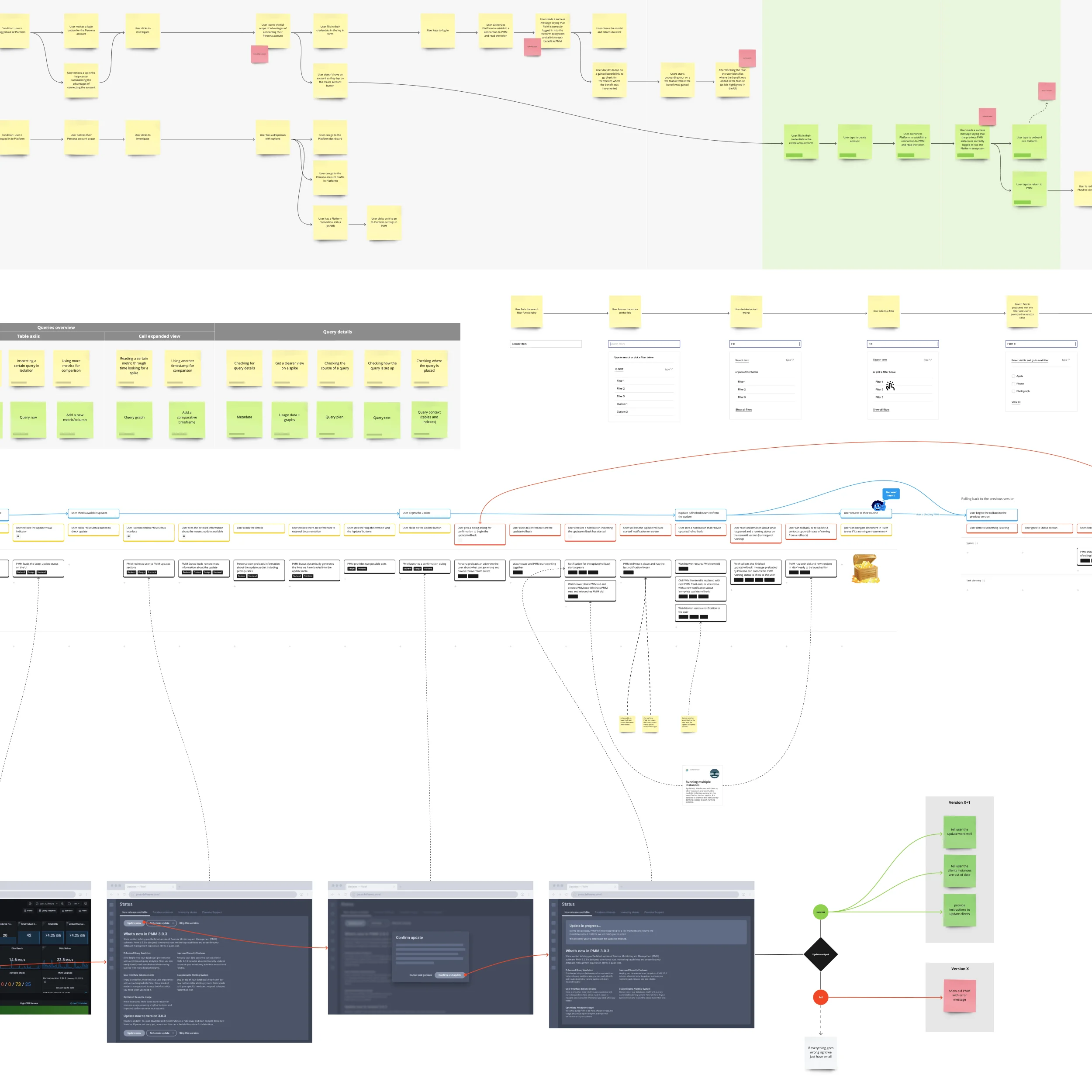User Flows

For me, prioritizing a person’s experience is crucial. One of the most effective ways to demonstrate sympathy for people’s problems and frustrations is to map out their journey(s) and try to understand how they could make sense of the mess we made in the first place, either existing or fictional ideas.
This type of process is not simply method acting. It enables designers and their teams to identify what needs improvement. It’s also a great way to understand what we’ll do without jumping into a definitive solution. We can iterate from these user flows until we get it right. Still, it’s not all stone carving. We can always go back, adjust, or scrap it to make a new user flow. I believe it’s an open-game tool to drive an effective solution.
To help unlock the creation mode and start discussing some pre-solutions, I look into creating diagrams, journey maps, golden paths, and other techniques we can discover in the design industry. This way, we can capture the essence of the user’s feelings, whether frustrated or delighted, to design a better service.